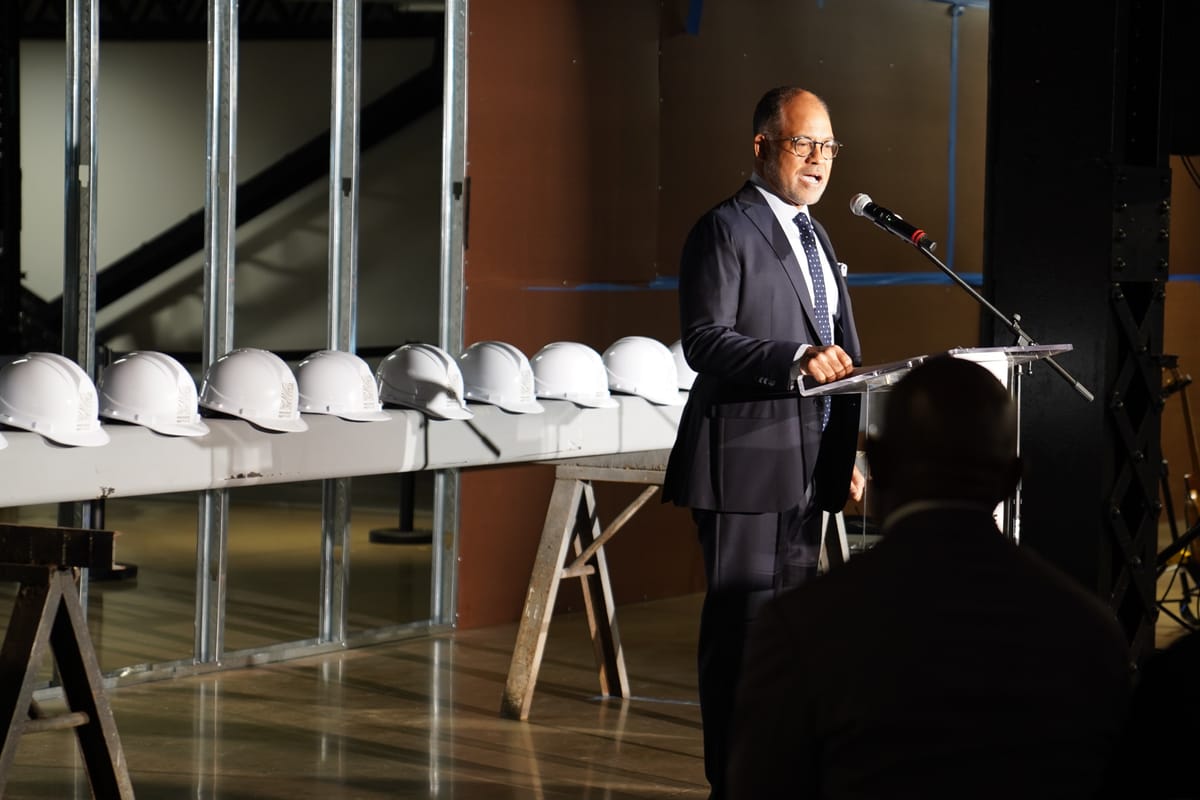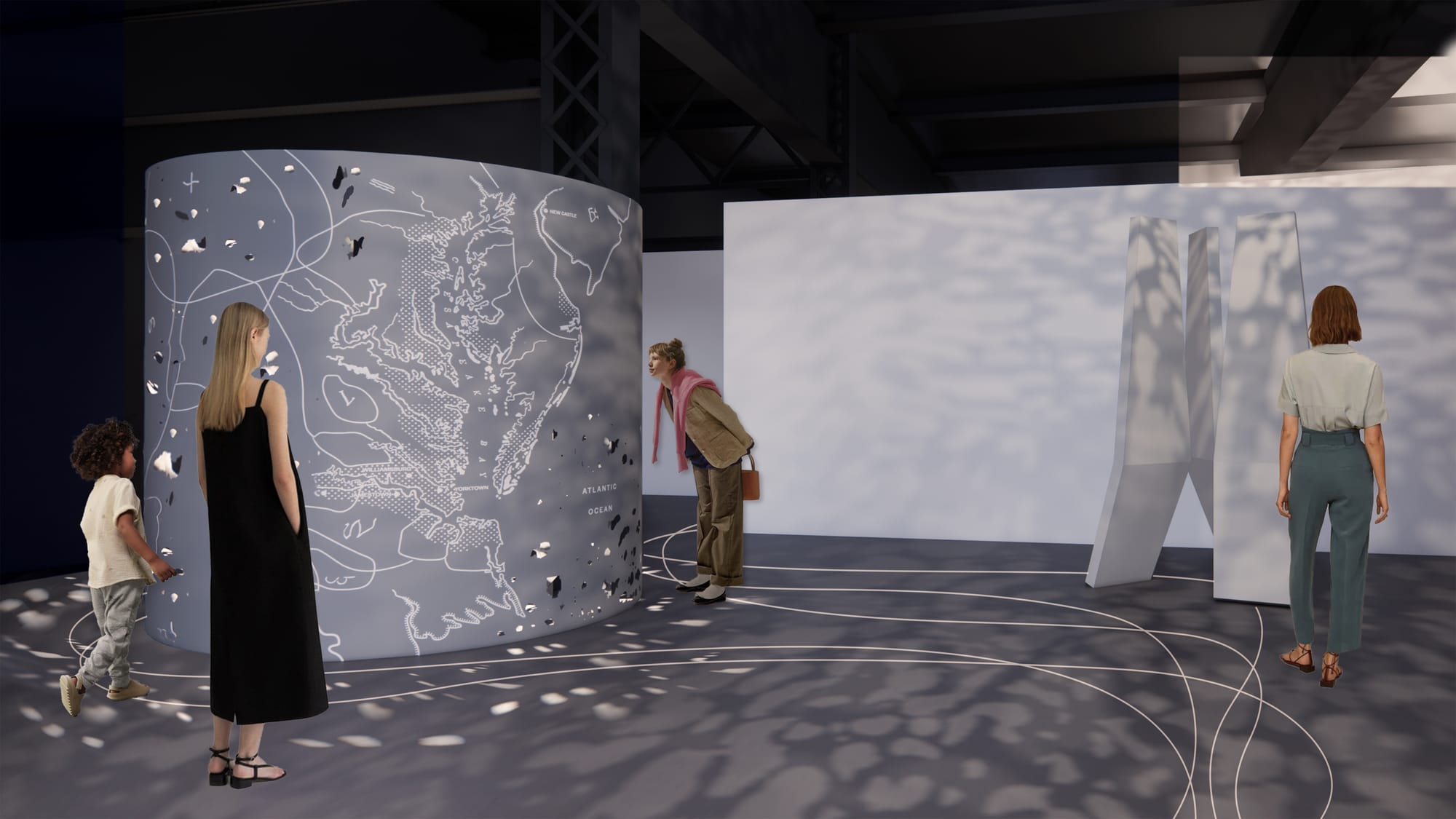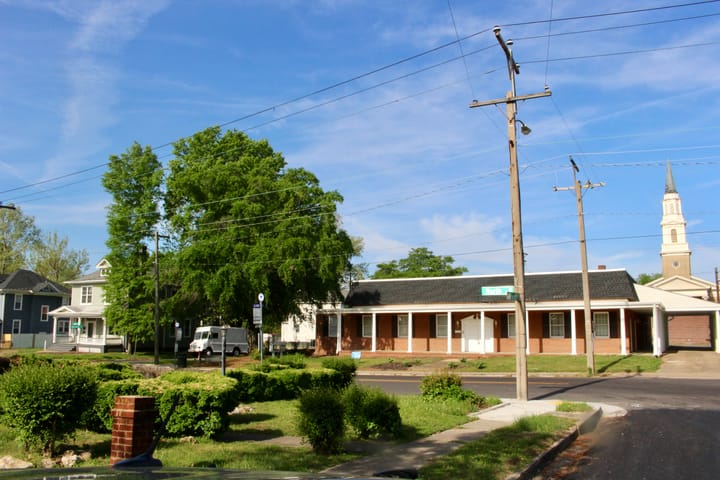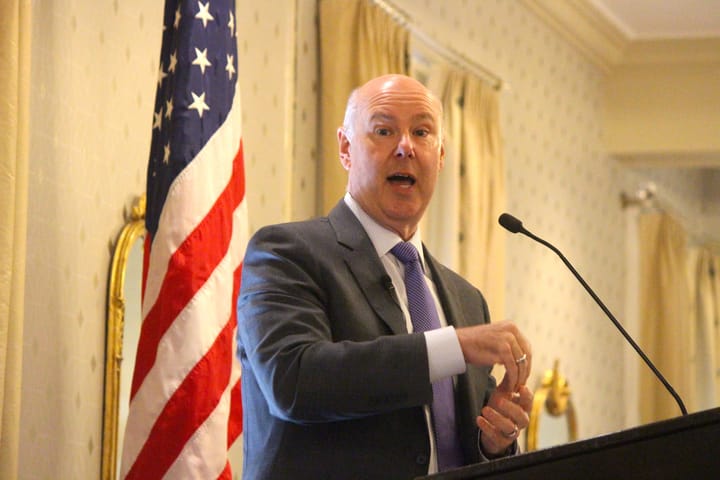Groundbreaking for Shockoe Institute highlights stories of Richmond’s history

On April 3, 160 years ago, African American people celebrated freedom from slavery in Richmond on Emancipation Day. On the same day in 2025, the city held another celebration – a groundbreaking of a building memorializing Richmond’s history and its role in the impact of slavery in America.
City leaders and others involved in developing the Shockoe Institute gathered at Main Street Station, steps away from where the Institute is under construction, to emphasize the purpose of the Institute’s creation: to learn and reflect on Richmond’s story about slavery, and take action on its lasting effects.
“Richmond took its rightful place in the American story, which is the story of the struggle to expand human freedom,” said Marland Buckner, president and CEO of the Shockoe Institute.
“That simple idea, the story of the struggle to expand human freedom, is what animates us here at the Shockoe Institute.”
The $11 million project, paid for by the Mellon Foundation, is a combination of many things in one, Buckner said. The project is not a museum, but will contain a permanent museum-like exhibition, as well as holding events discussing contemporary issues, a lab for studying the city’s history in relation to enslaved people, and showcasing the work of artists under the direction of Leyla McCalla, the founding artistic director.
“The Shockoe Institute is all those things in one,” he said.

The institute will also contain an interactive 3-D augmented reality tour exploring Richmond’s role in the transatlantic slave trade in the form of wearable glasses. Attendees previewed the glasses and saw how Richmond served as one of the biggest markets in the country for the buying and selling of enslaved people and interacted with Lumpkin’s Jail, a slave trading complex located near where the facility will stand.






